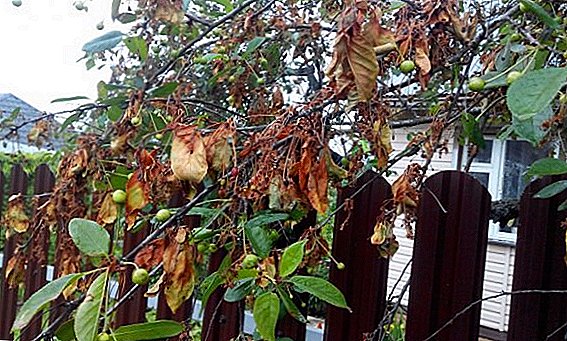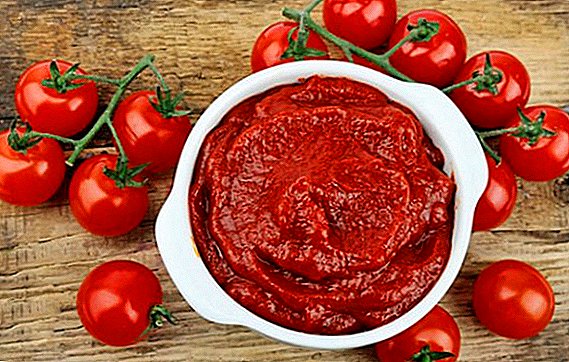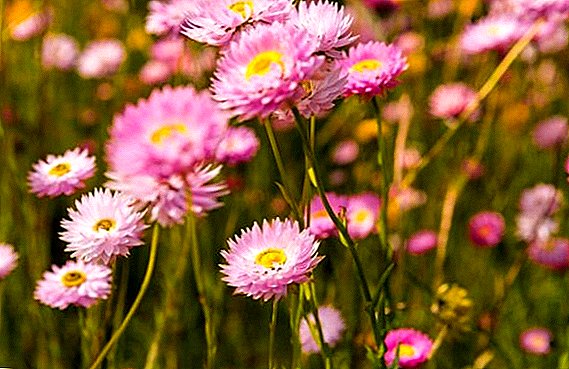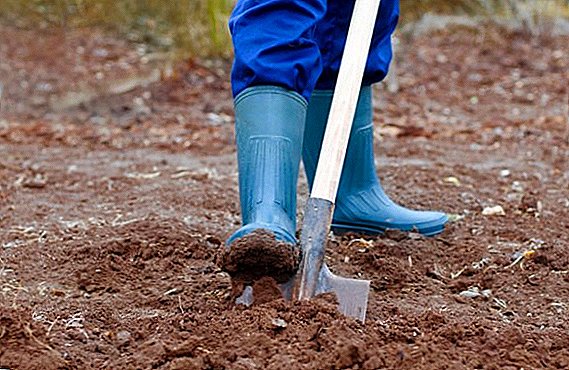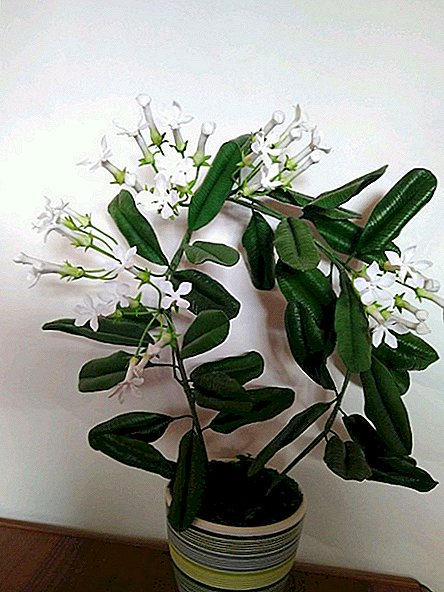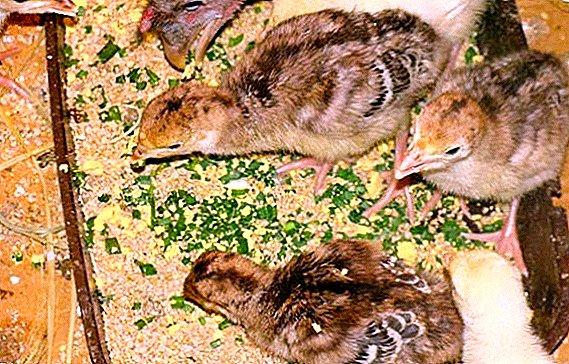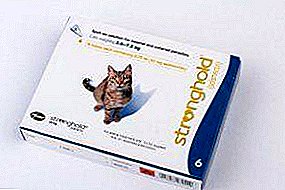
Saturated dark green with bright luster leaves "Daniel" - varietal species of ficus Benjamin - have a length of up to 8 cm.
As a result, he gives the impression of a very healthy and viable plant, full of strength and energy.
In nature, Benjamin's ficuses are thirty-meter evergreen trees with developed aerial roots.
They are found in the South Asian tropics and in the north of the Australian continent.
In room culture, a cheerful green ficus named Daniel is not as demanding as his variegated counterparts.
Home care
Lighting
Bright, but mostly diffused light is needed.
The best will be the lighting that provides windows facing east, southeast, west or southwest.
In the summertime, in the middle of the day, you may need shading.
Plants are useful "summer vacation" in the open air balcony or area with protection from the scorching midday sun.
Temperature
The best summer temperature range - from 20 to 25 degrees;
winter temperature should not fall below 15 degrees.
Priming
The optimum soil substrate should be slightly acidic or neutral, quite loose, nutritious and moisture-intensive.
You can use ready-made soil for ficuses, or mix equal volumes of sod and leafy land with half the volume of coarse sand.
Recommend and this composition:
- turfy, leafy, peaty ground with sand;
- all ingredients in equal quantity.
It is also useful to add some bone meal.
Planting and transplanting
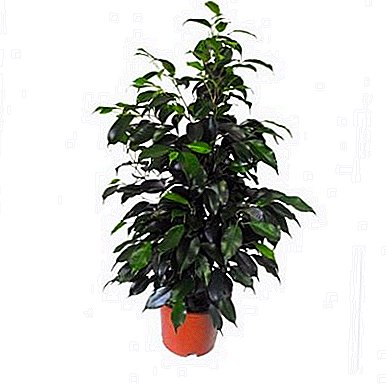 The container for planting can be of a standard form: (the vertical size is between a quarter and a third of the height of the plant), with an obligatory drainage hole.
The container for planting can be of a standard form: (the vertical size is between a quarter and a third of the height of the plant), with an obligatory drainage hole.
Since the stagnation of water is extremely unfavorable, leading to rotting of the roots, it is better to choose porous material of the container - ceramics without a continuous layer of glaze.
At the bottom of the container must have a drainage layer of expanded clay, ceramic paving or small pebbles.
During planting, as the soil is filled, when filling the voids between the roots, it is necessary to ensure that the root neck of the plant is flush with the ground, but not deeper
If the plant is high, you need to take care of support for its trunk.
Young plants are transplanted every year, in spring or summer, and mature specimens - once every few years, and the signal for transplantation is the complete weaving of an earthy coma with roots. Then the plant is transferred to a new pot, keeping an earthen room.
IMPORTANT: To limit the intensive development of the root system and increased growth, the new container should be not much larger than the previous one.
After purchase, the plant is not transplanted immediately, giving time (about a month) for acclimatization to a new environment for it.
If your “new home” has arrived in a closet pot for transportation and in special transporting soil, you should definitely transplant it into a suitable container with nutrient soil mixture.
Watering
Water moderately: in the summer, as a rule, once or twice a week with well-settled, soft, warm water, avoiding stagnant moisture.
Surplus irrigation water that accumulates in the pan, immediately drained.
The frequency of winter watering is from weekly to twice a month, the main goal: to prevent the roots from drying out.
Air humidity
It is necessary to maintain an atmosphere of high humidity, similar to those conditions in which the original form - Benjamin Ficus - grows in nature.
Throughout the year, regular spraying with soft water at room temperature is required - or slightly higher.
A warm shower with a frequency of one to two times a month is very useful.
Top dressing
From April to September, twice a month, alternating supplements are carried out with universal and mineral complexes with an enhanced nitrogen component. Fertilizer solution should not be on the leaves and buds.
In winter, feeding is stopped.
Growth and pruning
Ficus "Daniel" in room culture quickly grows and easily tolerates pruning, willingly forming new shoots and branches.
In addition, the stems of young plants are flexible enough to form wicker and trellis stem systems from several ficuses planted in one pot.
Conduct pruning in early spring.
Released milky juice wash off.
Due to its rapid growth and active branching after pruning, this ficus is an excellent material for creating crown of sculptural forms, as well as spectacular half-meter bonsai trees.
It uses the entire arsenal of tools:
- replaceable wire frames,
- target pruning,
- tension support systems.
A photo
Ficus benjamina "Daniel" photo:





Breeding
Ficus multiply vegetatively - cuttings, as well as air layering, and seeds.
Reproduction by cuttings
Spring and summer cuttings are used, on which there are several leaves and growth buds.
Juice released on slices, wash off, remove the lower leaves.
You can apply pre-rooting cuttings in water or immediately plant them in a light soil mixture.
Planted cuttings are planted in the soil substrate of equal amounts of perlite, or coarse sand and peat, covered with plastic wrap.
Contain in a warm climate: 22-25 degrees, air and moisturize.
After the formation of the root system and the formation of new shoots (approximately within a month), the cuttings are seated in separate containers with the usual soil mixture for ficus.
Reproduction by air layouts
 Before the beginning of the period of active growth, in the last month of winter, on the half-woody or fully woody shoot, the bark is incised and removed with a “ring” from a small part of the stem,
Before the beginning of the period of active growth, in the last month of winter, on the half-woody or fully woody shoot, the bark is incised and removed with a “ring” from a small part of the stem,
this area is treated with a rooting stimulant and wrapped in moist sphagnum, covered with plastic wrap and fixed.
Moss should be constantly wet.
In a month, as a rule, roots germinating through sphagnum appear.
Then, separating the top of the shoot, together with the sphagnum and the resulting root system, they plant it in a pot with a standard soil mixture.
Seed propagation
Before sowing, seeds are treated with a solution of growth stimulator, and then sown on the surface of a light loose soil mixture.
Cover with plastic sowing film and expose to warm (22-25 degrees)well lit place, aerates and maintains the substrate in a moist state.
Shoots appear, usually in a week.
As they grow, the seedlings dive and then sit in separate containers.
Signs of trouble
Ficus benjamina "Daniel" losing leaves intensely - the result of low light, especially in winter, drafts, frequent changes, as well as a decrease in temperature and overmoistening.
It is necessary to provide optimal care, to arrange lighting in the season of short daylight hours.
The same can be observed in a newly purchased plant that is experiencing stress due to a sharp change in conditions of detention.
The tips and edges of the leaves turned brown and dried - the air in the room was too dry. Spraying required.
Leaves prematurely turn yellow and fall off - waterlogging of the soil. Adjust the frequency and volume of watering.
Slow growth - caused by a lack of light., top dressing or too cramped container. It is necessary to optimize the conditions of detention, transplant the plant in a fairly spacious container.
Diseases and pests
 Errors of care, above all, the stagnation of moisture in the soil along with low temperature, weaken the plant and provoke its defeat by fungal infections.
Errors of care, above all, the stagnation of moisture in the soil along with low temperature, weaken the plant and provoke its defeat by fungal infections.
In this case, you need to optimize watering, spraying, temperature and process ficus fungicides.
A ficus can attack a mealybug, spider mite, whitefly, aphid and scythe.
Prevention against such "guests" is the regular washing of the leaves, but if insects appear, as a first measure they use pest removal using cotton moistened with alcohol or treatment with a soap solution.
The most effective remedy for pests is systemic insecticides.
Benefit and harm
ATTENTION: This plant actively cleans the air from such harmful impurities as ammonia, formaldehyde and benzene, however, like all ficuses, it contains milky juice, which, on contact with the skin, can cause allergic reactions.
Benjamin Ficus "Daniel" is relatively uncomplicated in home care - and at the same time heals the air in the room in which it is located.
After proper pruning and crown formation, it acquires an exclusively decorative look — with spiral, braided, trellis stem systems, with multi-tiered or sculpted crowns — or becomes a spectacular bonsai tree, captivating in the dark green color of thick shiny foliage.


